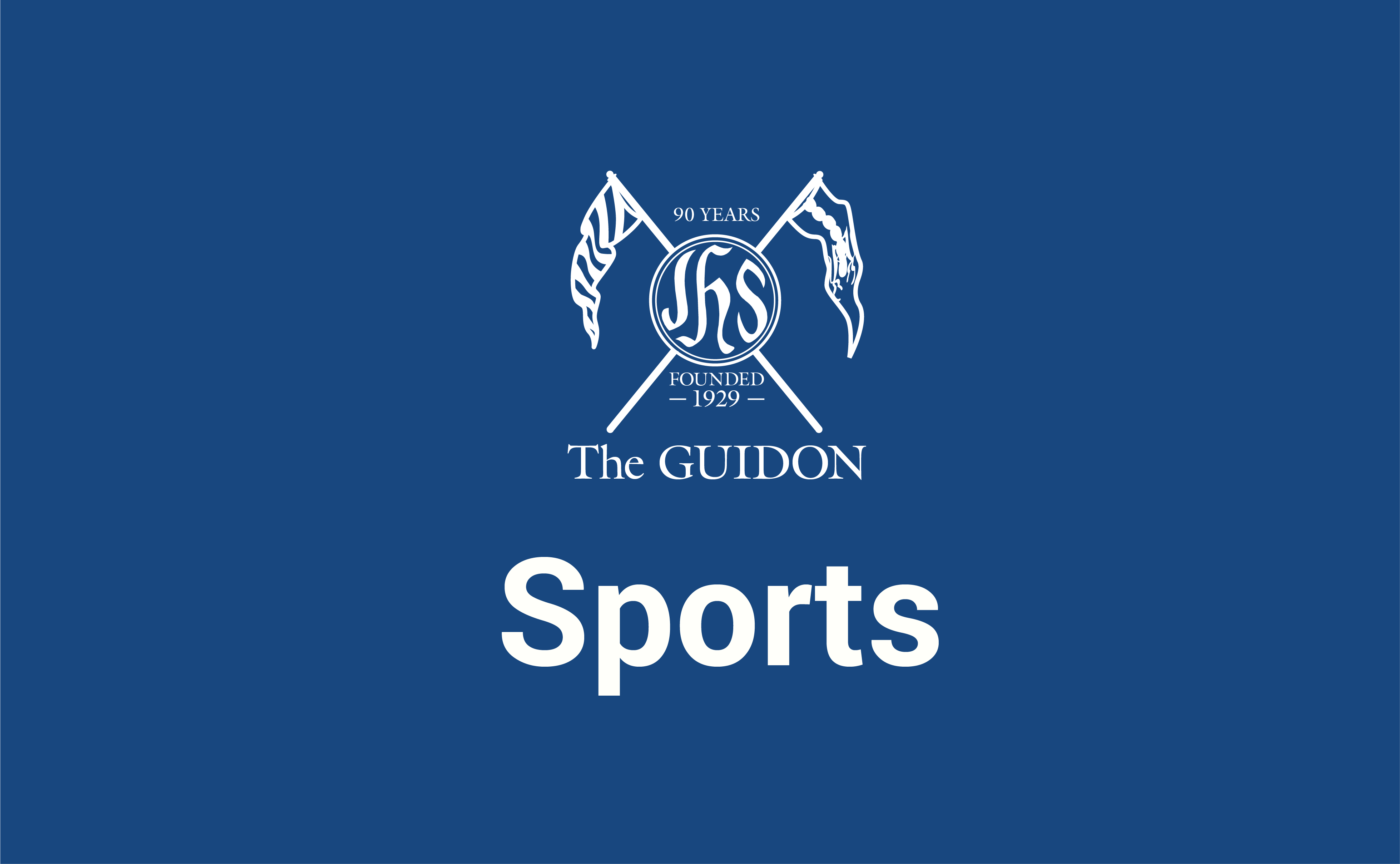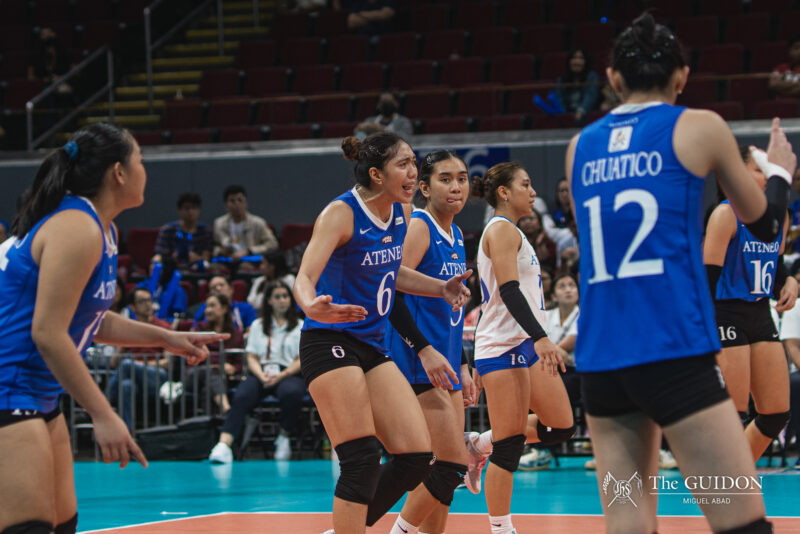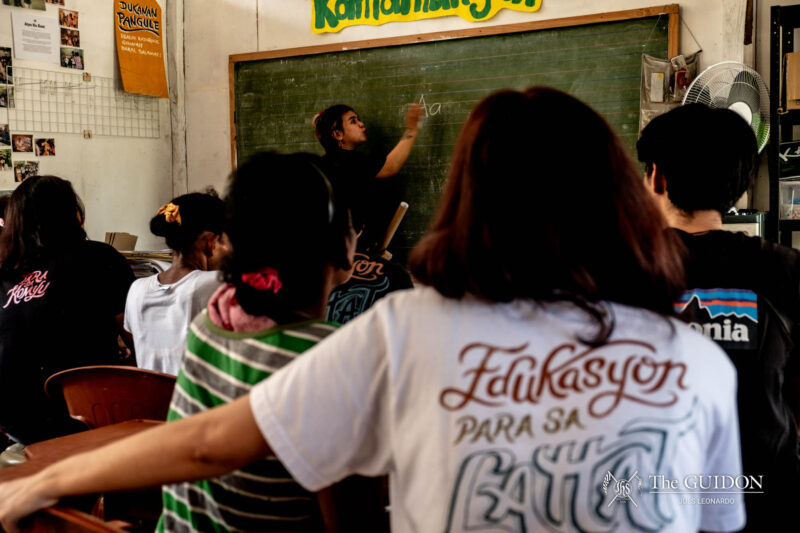Twelve seconds left in the fourth and the Araneta Coliseum is in disarray. Down by two in a grudge match against DLSU, the Blue Eagles will do anything to win. Not surprisingly, the ball goes to Chris Tiu. He squirms past a screen and releases a three. The rock flies, and there is deafening silence until―swish―nothing but net.
As the King Eagle was attempting to shoot from beyond the arc, he was probably thinking about nothing but nailing that shot at the buzzer. But years of training have moulded an indelible consciousness in him: he was probably also thinking about the angle at which he was releasing the ball―the most favourable being 45 degrees.
Sports are often associated with only the physical aspects: the body in constant motion, muscles contracting and joints straining. The application of science to athletic processes has proven successful in the development of athletes worldwide.
While nutrition and hard work no doubt play significant roles, the understanding behind these processes is equally important.
Anatomy of sports
Dr. Jose Raul Canlas, orthopaedic surgeon and Medical Director at the Moro Lorenzo Sports Complex (MLSC), explains, “[Sports science is] the field where we try to improve athletic capabilities and prevent injury by medical, psychological, and personal aspects.”
“Although nutrition is a factor, I think conditioning and strengthening are bigger [factors] at this stage. At the age of our athletes and the level of competition they have―it’s about their training,” Canlas adds.
Raul Banzon, a pioneer of plyometrics in the country, feels that the traditional way of training, consisting of repetitive drills alone, is no longer effective.
“It’s the methodical study of everything about sports, where training is an integral part. Whether it is the athletic or coaching development, we need to educate them all, period.”
The way to play
With their varying techniques and levels of conditioning required, each team has its own specialized program designed to cater to the needs of the sport.
“One slight adjustment to my technique could spell the difference between gold and silver,” says Paco Razon, a thrower for the men’s track and field team.
In football, goalkeeping requires spatial awareness, overall coordination, and mental fitness—key factors in performing at a high level. Thus, a keeper-specific training program yields optimum results for the team’s last line of defense.
“In the gym, we work on both aerobic and anaerobic [endurance]. Those sudden bursts―they’re important so you’ll be quick to your feet,” explains Joel Faustino, goalkeeper for the men’s football team. “We develop a different set of skills [that are focused more] on vertical and lateral movements.”
In contact sports where there is high risk of injury, precautions are taken to prevent further damage. “[You have to] learn how to break your fall, with your feet, or by rolling,” Faustino says.
Ally Lim of the women’s track and field team shares, “For speed and endurance, we do ‘fartlek’ workouts―it’s a combination of aerobic and anaerobic effort.” Aerobic workouts are done by endurance athletes, enabling them to work for a prolonged period of time, while anaerobic workouts are effective at producing short bursts of strength, speed and power.
Training vs. technique
There is, however, such a thing as “over training.” Dr. Canlas elaborates that training everyday is not necessarily effective as it could lead to injuries. “You want to direct your efforts in a more productive manner,” he says.
Beyond endurance and strength, specificity and awareness of the sport’s technique are just, or perhaps, even more important.
In football there are distinct methods of striking the ball which cause it to curl around a wall, or to whizz it straight through a jumping wall a la Roberto Carlos.
In track and field, a lot more than mere power leads to record-breaking throws,“There’s a ‘power position’, where the body is leaning at a certain angle, knees bent, perfect balance,” Razon says. “Our coach literally watches our every move when we throw. Filming ourselves helps, and we play the videos in slow motion just to analyze our mistakes.”
Striker Anton Amistoso believes that technique is a great tool—“It can’t be all heart. You [also] need to have skill.”
Where Ateneo stands
Ateneo’s Moro Lorenzo Sports Complex remains uncontested as the only sports and training facility in the region. Other Asian countries, including Indonesia, send their athletes for treatment to the home of the Blue and White.
“As a university in the country, we are actually very advanced. Our strength and conditioning coaches are up-to-date; we send them out to train once a year in the States. We’re up to par with the rest of the world,” Dr. Canlas says.
These go hand in hand in making sure that athletes are mentally and physically prepared for the rigors brought forth by the pre-season, season and post-season competitions. Quite bluntly, they do the work that few see and appreciate. But no one’s complaining; it’s all in a good day’s work.
Underutilized
Each team is provided services by Moro’s Physical Therapy Unit as well as the Strength and Conditioning Unit. However, despite all that the MLSC has to offer, Dr. Canlas feels the programs are underutilized.
“[Regarding] the basketball team, we work very well with their coaches and their management. I wish it were the same with the other teams,” Dr. Canlas comments wistfully.
“Some follow us, some don’t. It’s actually all-or-nothing. If you want the benefits, you have to be in it a hundred percent.”
Booter Fritz Mendoza remarks, “The facilities are good, but it cannot take in as much as it should, patient-wise.” True enough, the sports clinic does appear to be under-staffed, with Canlas as chief physician for the hundreds of athletes in the Ateneo.
Perhaps another reason is the fact that MLSC is not owned by the university. Because the complex is considered a “tenant” of the Ateneo, extra fees are not covered by the University Athletics Office, which in turn discourages athletes from certain teams to take full advantage of the units.
“[There should be] more efforts to find sponsors for teams that need it,” Lim suggests. “The track team, for one, does not have a proper oval or a throwing ring or pole-vault mats.”
In the end, most outcomes in sports are the result of endless devotion and hard work. Still, a little science never hurt anyone.
What do you think about this story? Send your comments and suggestions here: tgdn.co/2ZqqodZ







